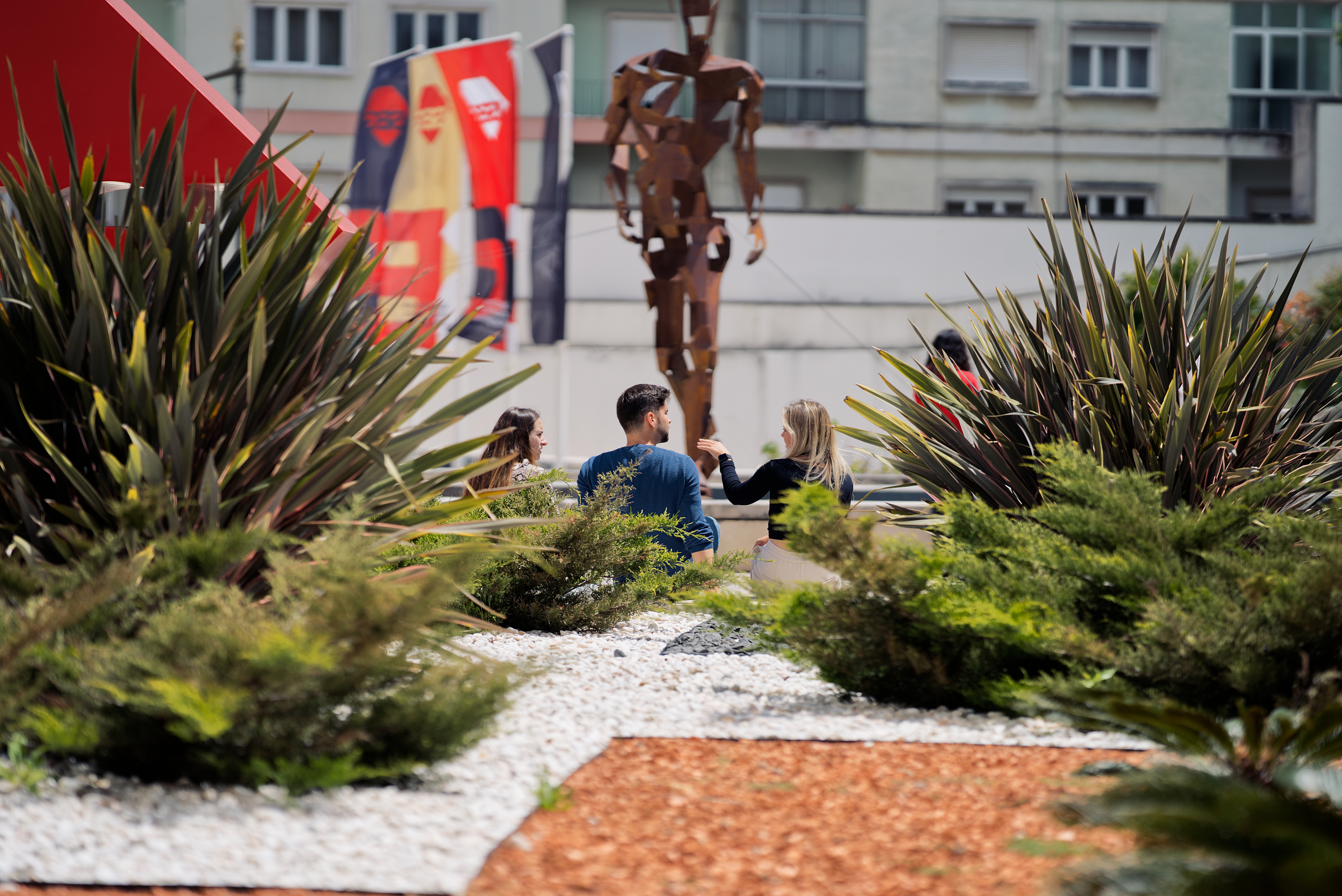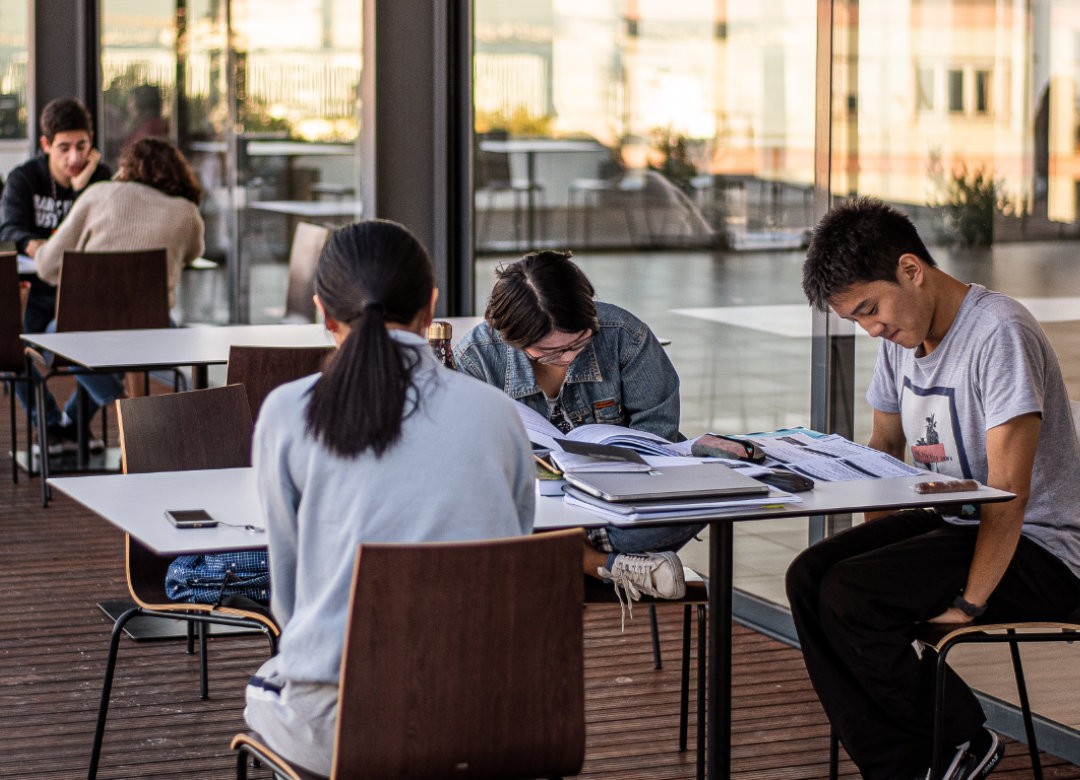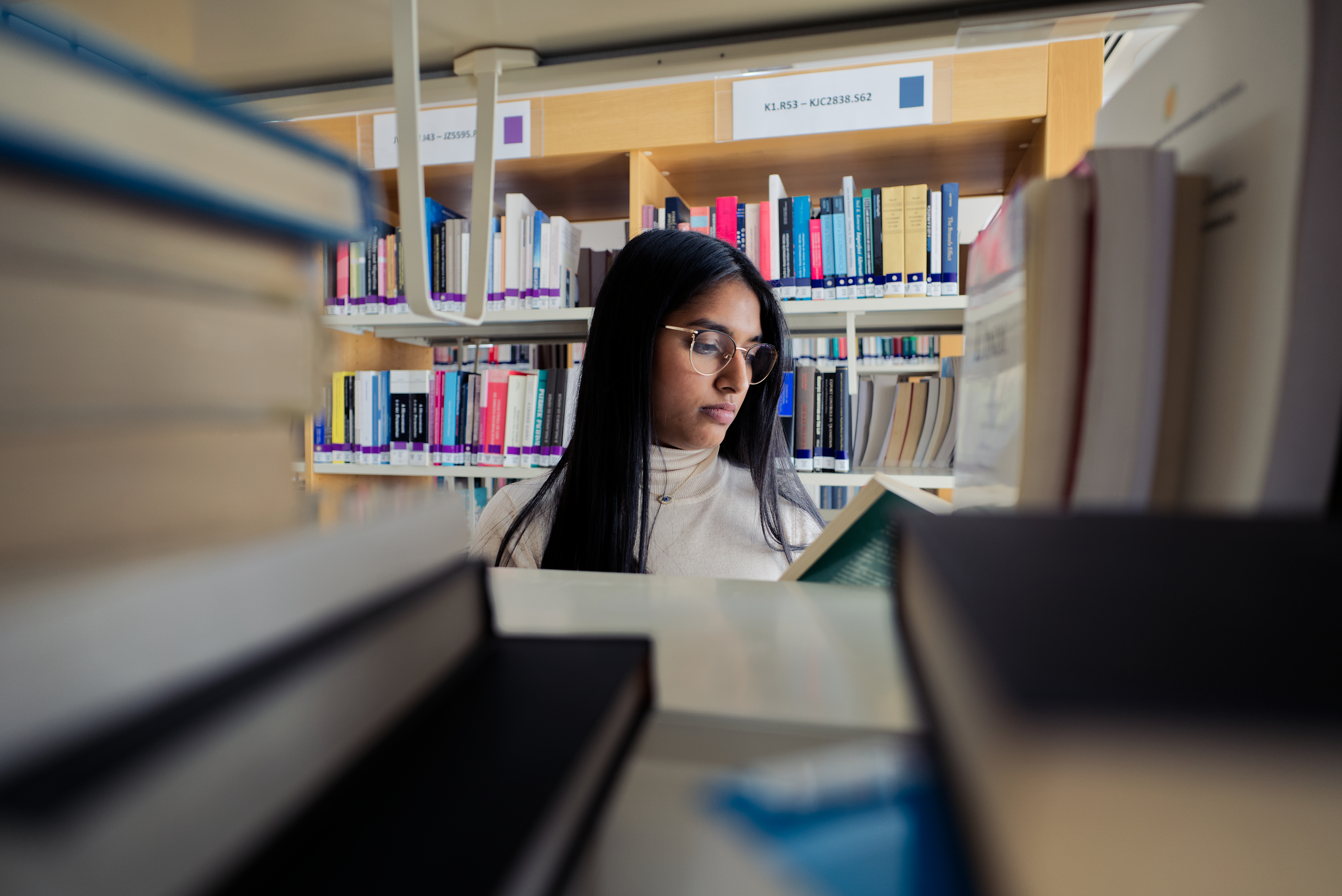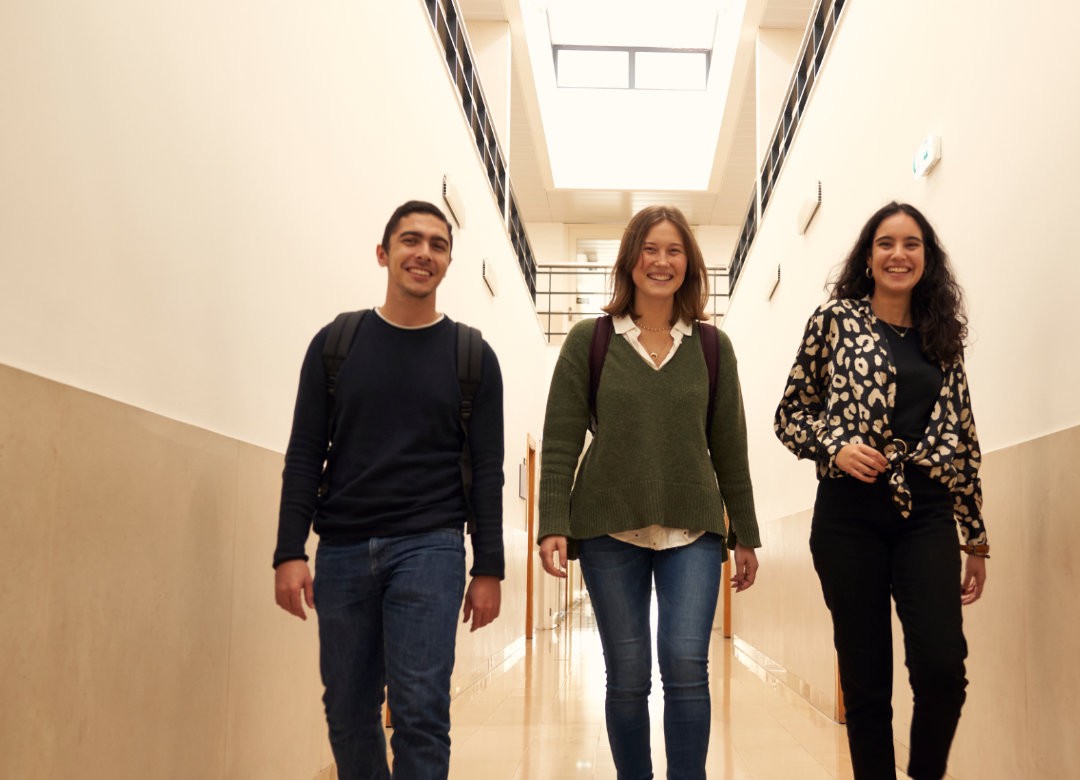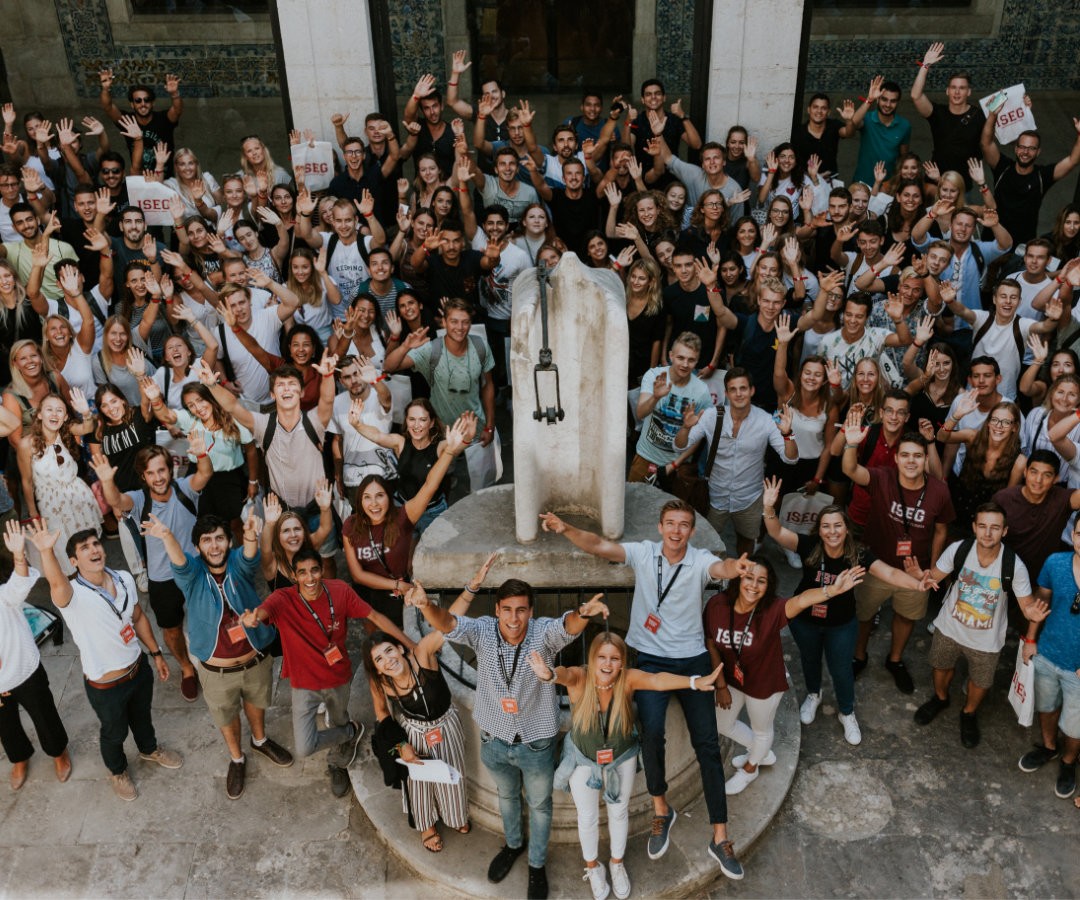Join us on the the 27th AprilISEG hosts the ESART Cello Ensemble - Castelo Branco Polytechnic School of Applied Arts for a concert of works by various renowned authors.
The concert starts at 19.00, in the CGD Auditorium (Quelhas, 2nd Floor).
Free admission, subject to the auditorium's capacity.
Programme:
D. Shostakovich - Concerto No. 1 for Cello and Orchestra, 1st movement
Soloist: Carolina Correia
Cello 1 - Mariana Rodrigues; Cello 2 - Anna Juhasz; Cello 3 - Matheus Borges; Cello 4 - Verónica Godinho.
Dimitri Shostakovich (1906-1975) was a Russian composer and one of the most celebrated composers of the 20th century. His Cello Concerto No. 1 in E-flat major, Op. 107, was composed in 1959 for his friend Mstislav Rostropovich.
The composition of the work took only a month and the reduction for piano and cello was done in a week. In four days, Rostropovich learned the entire work by heart and rushed, accompanied by pianist Alexander Dedyukhin, to Shostakovich's country house to show him the music. The Concerto was premiered on October 4, 1959, in Leningrad (St. Petersburg), with Rostropovich on cello and the Leningrad Philharmonic Orchestra, conducted by Yevgeny Mravinsky.
E. Elgar - Concerto for cello and orchestra in E minor, 1st movement
Soloist: Mariana Neves
Cello 1 - Catarina Putzger; Cello 2 - Matheus Borges; Cello 3 - Carolina Pereira; Cello 4 - Verónica Godinho; Cello 5 - Simão Lamego; Cello 6 - Igor Loureiro.
Edward Elgar (1857-1934) was a composer of late romanticism, famous for his orchestral works Variations Enigma, Pomp and Circumstance and the Cello Concerto in E minor. This concerto was composed in the summer of 1919, where, years earlier, Elgar had witnessed the First World War. The First movement is marked by its dramatic opening with three chords that give freedom to the performer's expressiveness, followed by a romantic melody that appears in different ways throughout the work. The concerto was composed at the end of his life, reflecting his maturity and wisdom as a composer.
D. Popper - Elfentanz
Soloist: Diogo Martins
Cello 1 - Matheus Borges; Cello 2 - Catarina Putzger; Cello 3 - Simão Lamego; Cello 4 - Mariana Rodrigues.
David Popper (1843-1913) was a great cellist and composer of his time and was responsible for a large proportion of the cello repertoire used today. He wrote countless concertos, studies and short pieces. His virtuoso works stand out, in which he explores the cello's tessitura to the maximum, such as the Dance of the Elves or Elfentanz. In this piece, Popper places the cello in an almost violinistic register, showing the instrument's great versatility.
G. Sollima - Violoncelles, Vibrez!
Soloists: Mariana Rodrigues and Simão Lamego
Cello 1 - Anna Juhasz; Cello 2- Verónica Godinho; Cello 3 - Ana Carolina Pereira; Cello 4 - Diogo Martins and Mariana Neves; Cello 5 - Igor Loureiro and Matheus Borges; Cello 6 - Carolina Correia and Catarina Putzger.
Written in 1993, Violoncelles, Vibrez! for two cellos and string orchestra immediately became one of composer Giovanni Sollima's most performed works. The insistent, pulsating repetitions that form the backbone of the work were inspired by the oft-repeated advice of his teacher Antonio Janigro. Following the repetitions, an invention of a melody blossoms from the attraction between the two cellos. The energy intertwined between them rises to become a brazenly romantic melody that accompanies the ebb and flow of the music.
A. Piazzola - Angel's death
Cello 1 - Diogo Martins and Mariana Rodrigues; Cello 2- Anna Juhasz, Matheus Borges and Ana Carolina Pereira; Cello 3 - Mariana Neves, Simão Lamego and Carolina Correia; Cello 4 - Igor Loureiro and Matheus Borges; Cello 6 - Igor Loureiro, Verónica Godinho and Catarina Putzger.
Astor Pantaleón Piazolla (1921-1992) was an Argentine musician and composer known for his virtuosity on the bandoneón and for the tangos he composed.
He came into contact with music from an early age, not only through the piano and the bandoneón, instruments he learned when he was young, but also through the influence of the tango, the characteristic music of his country. Later, in 1951, after winning a composition competition, he went to study with Nádia Boulanger in Paris. It was during these years that Piazolla began experimenting with this musical form and created a tango that mixed jazz and classical elements. In this way, the composer ended up revolutionizing tango, breaking with its traditional code and, consequently, making Argentine popular music performed in many concert halls around the world. In fact, one of the works that marked this revolution was "La muerte del Angel", a composition that shocked the conservative world of tango. This piece stands out for its use of sophisticated harmony, chromatic lines through sequences, as well as the presence of swing, a characteristic aspect of jazz.
